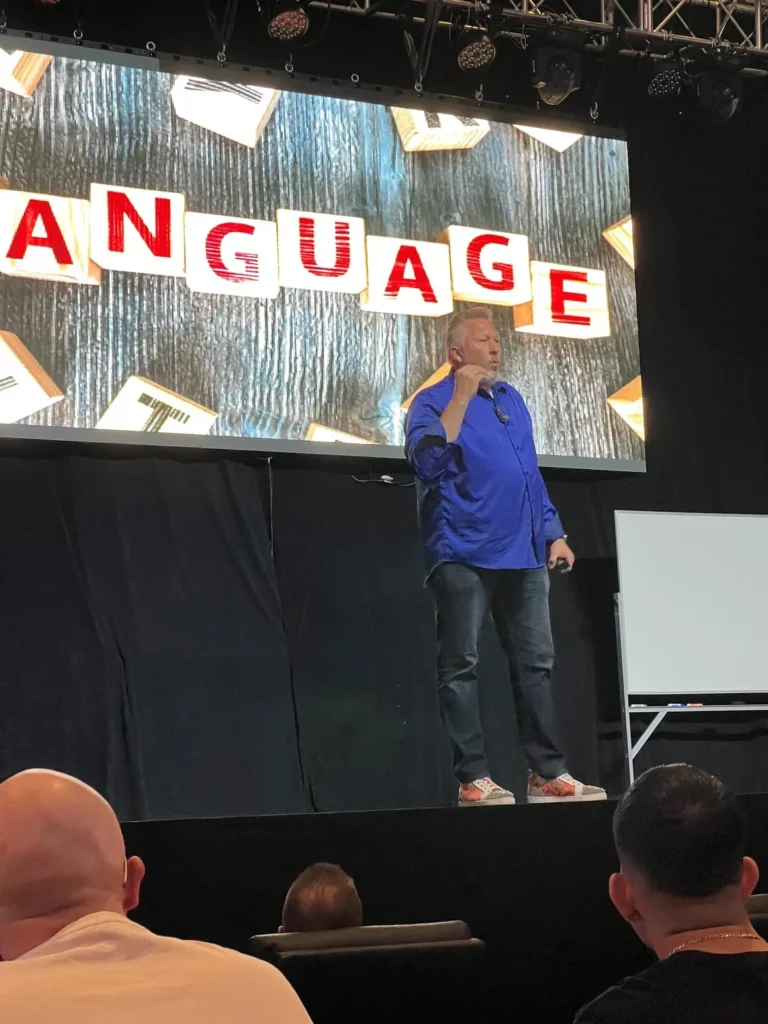Car sales is a dynamic and competitive industry that requires skill, knowledge, and effective techniques to succeed. Whether you’re a seasoned salesperson or just starting your journey in the automotive industry, this blog post will provide you with valuable insights and strategies to enhance your car sales training. Discover the secrets to closing deals, building lasting customer relationships, and maximizing your sales potential.
Table of Contents:
1. The Importance of Car Sales Training
2. Developing Product Knowledge
3. Understanding Customer Psychology
4. Effective Communication Strategies
5. Building Trust and Rapport
6. Closing Techniques that Work
7. Handling Objections with Confidence
8. Leveraging Technology in Car Sales
9. Continual Learning and Professional Development
10. Resources for Further Car Sales Training
Section 1: The Importance of Car Sales Training
Car sales training is essential for professionals in the automotive industry to excel in their roles. It equips salespeople with the necessary skills to navigate the complex sales process, handle objections, and provide exceptional customer service. Proper training can boost your confidence, increase your sales conversion rate, and achieve your career goals. Learn the steps to the sale here.
Section 2: Developing Product Knowledge
In order to effectively sell cars, you must have a deep understanding of the vehicles you’re selling. Invest time in learning about various makes, models, and features. Familiarize yourself with industry trends, safety features, and performance specifications. By becoming an expert, you’ll gain customers’ trust and be able to address their specific needs and preferences.
Section 3: Understanding Customer Psychology
Successful car salespeople understand the importance of empathy and emotional intelligence. By empathizing with customers, you can better understand their desires, concerns, and motivations. Tailor your approach to each individual, and use effective listening skills to uncover their true needs. This personalized approach builds trust and increases the likelihood of a sale.
Section 4: Effective Communication Strategies
Clear and concise communication is a fundamental aspect of car sales training. Master the art of active listening, asking open-ended questions, and delivering persuasive messages. Develop excellent verbal and non-verbal communication skills to convey confidence and professionalism. Remember, effective communication goes beyond words and includes body language, tone of voice, and gestures.
Section 5: Building Trust and Rapport
Trust is the foundation of any successful sales relationship. Establishing rapport with your customers involves being authentic, reliable, and transparent. Demonstrate your expertise, provide accurate information, and always follow through on your commitments. Building trust will create loyal customers who will return for future purchases and refer others to your dealership.
Section 6: Closing Techniques that Work
Closing a sale is an art form. Explore different closing techniques, such as the assumptive, alternative, or trial close, and determine which resonates best with your style and customer base. Use persuasive language to instill confidence and create a sense of urgency without being overly aggressive. Remember to always focus on the benefits the customer will gain from the purchase.
Section 7: Handling Objections with Confidence
Objections are a natural part of the sales process; overcoming them requires skill and finesse. Anticipate common objections and develop effective responses. Listen attentively to customers’ concerns and address them genuinely and thoughtfully. By handling objections confidently, you can turn potential roadblocks into opportunities to demonstrate value and close the sale.
Section 8: Leveraging Technology in Car Sales
Technology plays a significant role in car sales in today’s digital era. Embrace the use of customer relationship management (CRM) software, online marketing platforms, and social media to reach and engage with potential buyers. Utilize virtual tours, video presentations, and

